Being a podcaster, I’ve learned that a good microphone is hard to find. You can search any group, any forum, and someone will suggest the Blue Yeti Mic as a starter microphone. But what if I told you that while USB microphones are great, Blue Microphones offers better microphones that are more versatile, that will grow with you over time?
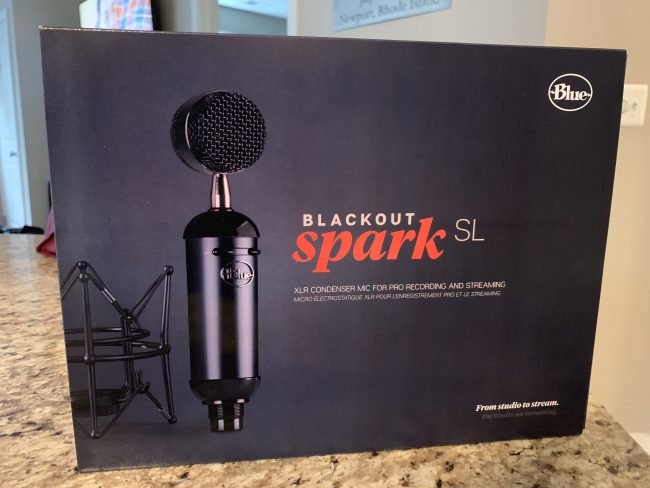
That microphone I’m speaking about is Blue’s Blackout Spark SL. A tried and true condenser microphone, my use of this particular microphone does come with a disclaimer: While it’s not a DYNAMIC microphone (which is more ideal for recording podcasts both solo and with groups), the Blue Spark SL is a cardioid condenser microphone that is designed for recording in a contained space. Here are some specs of the Blackout Spark SL:
Technical Specifications
- Transducer Type: Condenser, Pressure Gradient
- Polar Patterns: Cardioid
- Frequency Response: 20Hz – 20kHz
- Sensitivity: 34.9 mV/Pa at 1 kHz (1 pa = 94 dB SPL)
- Output Impedance: 50 ohm
- Rate Load Impedance: Not less than 1k ohm
- Maximum SPL: 136 dB SPL (1k, THD 0.5%)
- S/N Ratio: 73 dB-A
- Noise Level: 16.4
- Dynamic Range: 119.6 dB
- Power Requirement: +48V DC Phantom Power
- Weight: 336g
- Dimensions: 220.5mm x 45mm
- HPF: 100Hz, 12db per octave
- PAD: -20dB
Disclaimer: I have to state this because a lot of people are searching for an adequate microphone, including those who record in their living rooms and spaces that have not been tempered for audio might make the same mistakes I did previously. Condenser microphones pick up ambient noise. While you can treat the room as much as possible, you will end up with less ambient rejection than you wish. This is not a knock on the Blackout Spark XL as it’s a fantastic microphone, but I want to make sure you understand that ANY condenser mic (not exclusive to any particular brand) will pick up surrounding noise in an untreated room. For example, if you record in your basement and you have a dryer on in the open space, you may notice a hum that will only be able to be treated by physically editing your audio in post-roll.
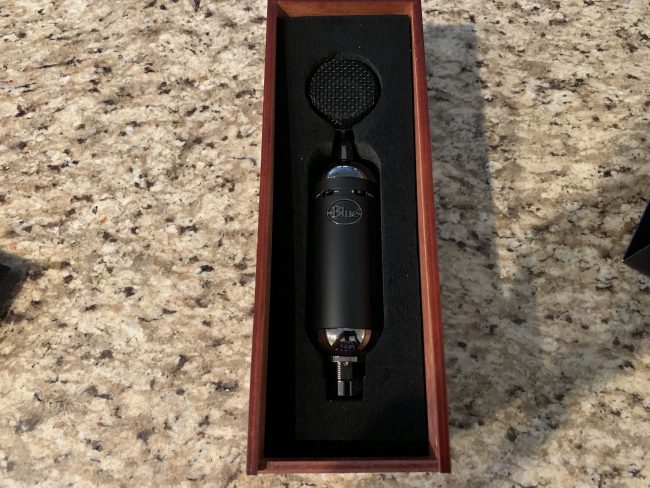
With these things being noted, let me state that I personally prefer XLR microphones. I, like many of you reading, have and/or use a Blue Yeti Mic, but there’s something truly special about the Blue Blackout Spark SL. It’s amazing to look at; it’s even better to use. It works with my audio interface, and more importantly, it comes complete with its own shock mount, which is something I’ve deemed necessary for any recording studio. What I found to be cool is that Blue managed to keep it more than classy by shipping the product in a wooden carrying case that just shows Blue’s attention to detail.
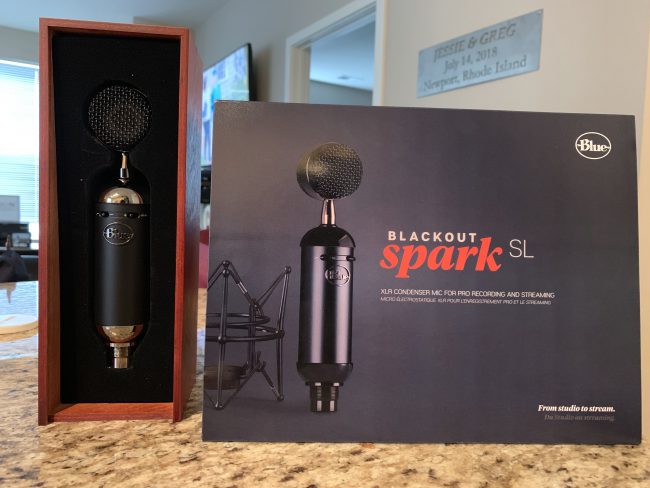
In terms of the microphone itself, the Blackout Spark SL comes complete with onboard controls, including a -20dB pad switch that helps not only balance the levels for me, but it works fantastically in unison with my Zoom H6. A substantial upgrade from the Blue Yeti, the Blue Blackout Spark SL provides the luxury of using is a content creators dream microphone.
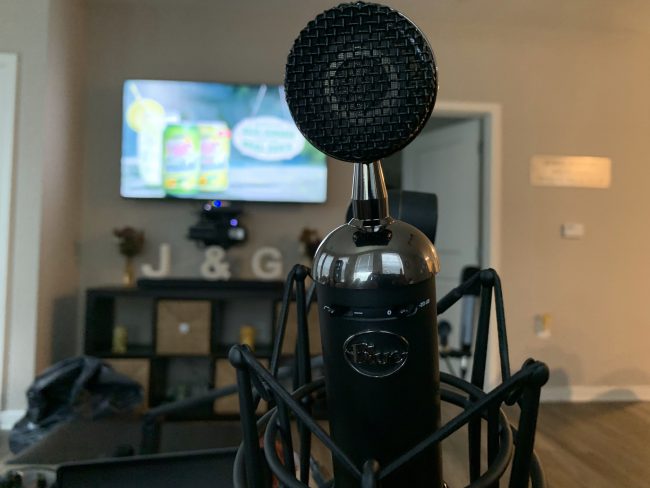
Weighing in at only 0.7 pounds, the Spark SL feels more like an entry level mic compared to the Blue Yeti, but it is surprisingly more versatile in its usage thanks to its large diaphragm that has a 100Hz high-pass filter which brings in all of the audio you record crystal clear. As a test, I recorded an episode of my podcast with my audio coming exclusively from the Blackout Spark SL while my co-hosts used traditional dynamic microphones, with us all speaking directly into the microphone. This isn’t a personal preference talking here, but it was like I was sitting in an isolation room with the Blackout Spark SL maaking forever better audio than what the dynamics gave — after a bit of post-editing of course.
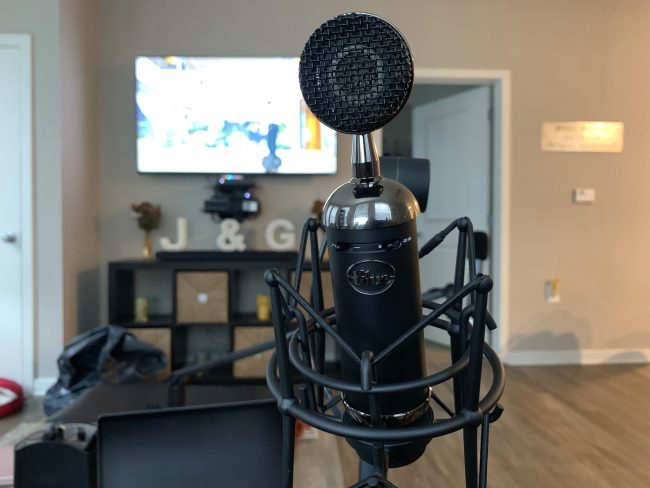
My voice comes in crystal clear when recording, but I’d still suggest investing in a pop filter to avoid plosives no matter the microphone because they are inevitable. While many of my podcasting friends and family have opted to go into using other microphones for their recording, I feel like the Blackout Spark SL is a great upgrade from the Blue Yeti and an even better method for a solo podcaster to upgrade from USB microphones to XLR.
The Blue Blackout Spark SL retails for $199.99; you can purchase it by visiting this link.
Source: Manufacturer supplied review Unit
What I like: Amazing look aesthetically, but amazing transition from USB mics to XLR; It’s a SUBSTANTIAL upgrade to Blue Yeti Microphone
What Needs Improvement: May still pick up ambient noise depending on the room you record in due to it being a condenser microphone
